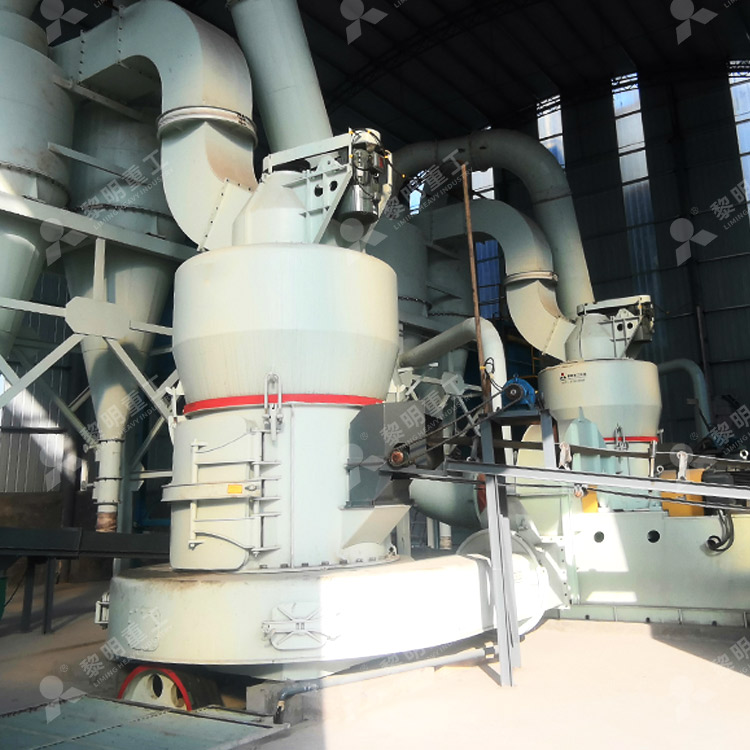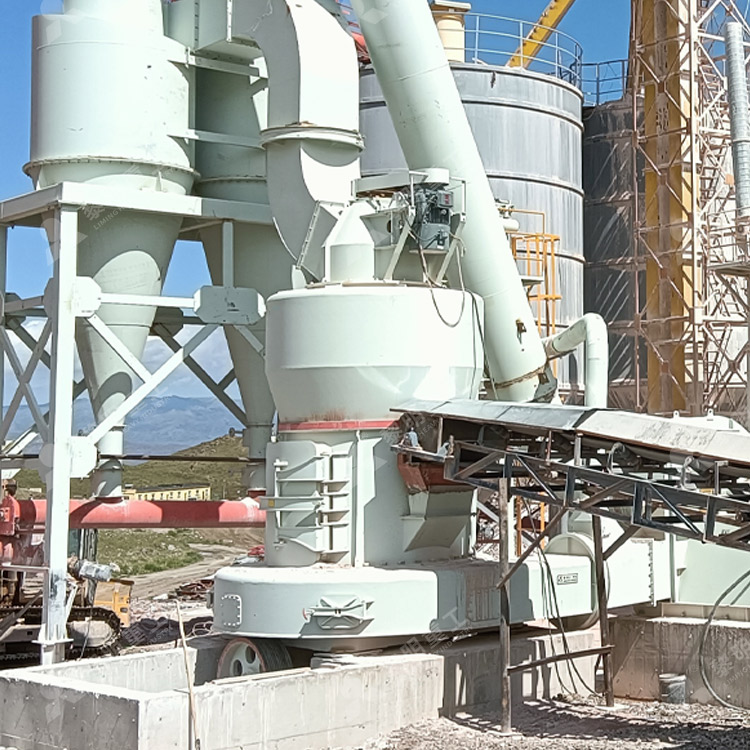The 300-Mesh Calcite Grinding Mill: Precision Engineering for Industrial Excellence
In the world of industrial minerals, calcite stands as a pillar of versatility. Its applications span from the paper we write on to the plastics in our homes and the pharmaceuticals that keep us healthy. However, the raw potential of calcite is unlocked only when it is transformed into a fine, consistent powder. This is where the precision of a 300-mesh calcite grinding mill becomes paramount. This machine is not merely a grinder; it is a sophisticated system engineered to achieve a specific, highly sought-after particle size that opens doors to high-value industrial applications.
Understanding the "300-Mesh" Standard
The term "mesh" refers to the number of openings in a one-inch square screen. A 300-mesh screen has 300 openings per linear inch, corresponding to a particle size of approximately 50 microns (µm) or 0.05 millimeters. To put this into perspective, a single human hair is about 70 microns thick. Producing powder at this fineness requires more than brute force; it demands controlled, precise, and efficient comminution (size reduction) technology. The 300-mesh specification is a critical benchmark for calcite used as a functional filler, where its particle size directly influences the strength, brightness, and surface properties of the end product.
Key Components and Working Principle of a Modern Calcite Mill
A state-of-the-art 300-mesh calcite grinding mill is a integrated system, typically based on Raymond Mill or Vertical Roller Mill technology for this fineness level.
Feeding System: Raw calcite ore, pre-crushed to a manageable size (e.g., 20mm), is uniformly fed into the grinding chamber by an electronic vibrating feeder and a screw conveyor. This consistent feed is crucial for maintaining stable mill operation and product uniformity.

Grinding Chamber: The heart of the machine. Here, grinding rollers, powered by a central drive shaft, exert immense centrifugal force against a stationary grinding ring. The calcite is fed into the gap between the rollers and the ring, where it is subjected to compression and shear forces, pulverizing it into fine particles.
Classification System: This is the critical component for achieving the precise 300-mesh cut. An integrated dynamic classifier (often a turbine-style cage) sits atop the grinding chamber. As the fine powder is carried upwards by the airflow, the classifier rotates at a high, adjustable speed. Particles fine enough to pass the 300-mesh standard (≤50µm) are swept through the classifier blades and into the collection system. Coarser particles are rejected by the centrifugal force of the classifier and fall back into the grinding zone for further processing. This closed-loop classification ensures extreme product consistency.
Collection System: The fine powder that passes the classifier is transported by air to a high-efficiency cyclone collector. Here, centrifugal forces separate over 95% of the product from the air stream, and it is discharged from the bottom of the cyclone into a silo or packing machine. The remaining ultrafine particles are then captured by a pulse-jet baghouse dust collector, ensuring zero pollution and maximizing yield.
Industrial Applications of 300-Mesh Calcite Powder
The production of 300-mesh calcite is driven by robust industrial demand:
Plastics and Polymers: As a filler, 300-mesh calcite enhances stiffness, impact resistance, and thermal stability in PVC pipes, profiles, and polypropylene compounds. Its fine particle size ensures excellent dispersion and a smooth surface finish.
Paints and Coatings: In this sector, calcite acts as an extender pigment. It improves weatherability, reduces gloss, and enhances opacity and brushability. The 50-micron size is ideal for achieving a smooth film without compromising on mechanical properties.
Paper Industry: Used as a coating pigment and filler, 300-mesh calcite significantly improves paper's brightness, opacity, smoothness, and printability. It is a cost-effective alternative to more expensive whitening agents like titanium dioxide.
Adhesives and Sealants: The fine powder increases volume (bulking), improves consistency, and enhances mechanical properties like tensile strength in various adhesive formulations.
Advantages of a Dedicated Grinding System
Investing in a mill specifically optimized for 300-mesh calcite offers distinct advantages over multi-purpose or outdated equipment:
High Efficiency and Low Energy Consumption: Modern mills are designed with optimized grinding mechanics and airflows, directly reducing power consumption per ton of product.
Exceptional Product Stability: The integrated high-precision classifier is the key to producing a consistent product with a narrow particle size distribution, eliminating oversized grains that can degrade product quality.
Environmental Compliance: The fully enclosed system, coupled with an efficient baghouse dust collector, ensures a dust-free operation, meeting stringent international environmental and workplace safety standards.
Automation and Ease of Operation: Advanced control systems allow for centralized operation, monitoring of key parameters like pressure and temperature, and easy adjustment of product fineness, reducing labor costs and human error.
The 300-mesh calcite grinding mill is a testament to the evolution of powder processing technology. It transcends simple pulverization, representing a holistic system of feeding, grinding, classification, and collection engineered for a singular, high-value goal. For industries that rely on the performance-enhancing properties of fine calcite, this machinery is not an option but a necessity, providing the precision, efficiency, and consistency required to compete in today's demanding markets.

Frequently Asked Questions (FAQ)
FAQ 1: What is the typical production capacity range for a 300-mesh calcite grinding mill?
The production capacity is not a fixed number and depends heavily on the specific model of the mill and the hardness and moisture content of the raw calcite ore. Generally, for grinding calcite to 300-mesh (around 50µm), mid-sized industrial Raymond Mills or Vertical Roller Mills can have capacities ranging from 1 to 25 tons per hour. Smaller pilot-scale models may produce less, while large, modern vertical mills can potentially exceed this range. It is essential to consult with the equipment manufacturer and provide a sample of your raw material for a precise test and capacity determination.
FAQ 2: Can the same grinding mill produce other fineness levels, such as 200-mesh or 400-mesh calcite?
Yes, absolutely. One of the primary features of modern grinding mills with dynamic classifiers is their adjustable fineness. The product size is controlled by the speed of the classifier. By increasing the classifier's rotational speed, the centrifugal force becomes stronger, allowing only finer particles to pass through, resulting in a finer product (e.g., 400-mesh). Conversely, decreasing the speed allows coarser particles to pass, producing a thicker powder (e.g., 200-mesh). This adjustability is typically achieved through a simple variable frequency drive (VFD) control, making the machine highly versatile for producing a range of products without requiring mechanical changes.





